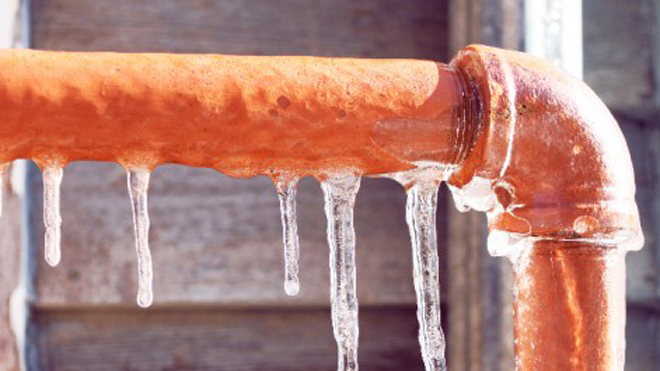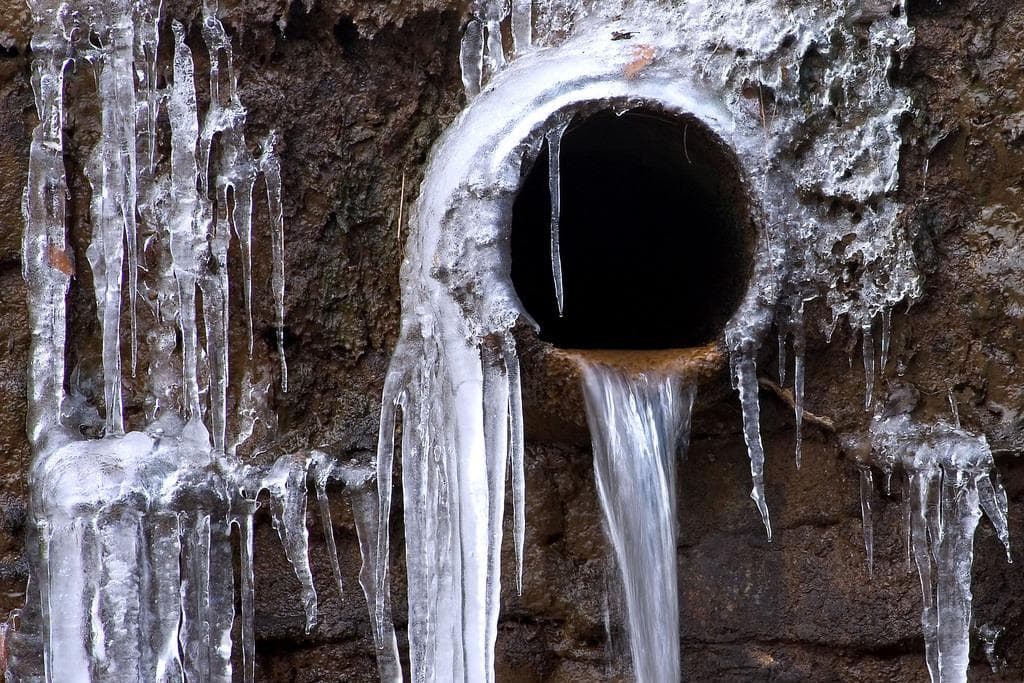Protecting Pipes from Cold Weather: Effective Methods
Protecting Pipes from Cold Weather: Effective Methods
Blog Article
How do you actually feel on the subject of How to prepare your home plumbing for winter weather?

Winter can wreak havoc on your plumbing, particularly by freezing pipelines. Below's just how to stop it from occurring and what to do if it does.
Intro
As temperatures decline, the risk of frozen pipelines increases, potentially leading to expensive fixings and water damages. Recognizing just how to avoid frozen pipelines is vital for house owners in cold environments.
Avoidance Tips
Insulating at risk pipes
Cover pipes in insulation sleeves or make use of heat tape to shield them from freezing temperatures. Concentrate on pipelines in unheated or outside locations of the home.
Heating methods
Maintain interior areas adequately heated up, specifically locations with pipes. Open up cabinet doors to allow warm air to distribute around pipelines under sinks.
Just how to identify frozen pipes
Try to find reduced water circulation from taps, unusual odors or sounds from pipelines, and noticeable frost on subjected pipes.
Long-Term Solutions
Structural changes
Take into consideration rerouting pipes away from outside wall surfaces or unheated locations. Include added insulation to attics, basements, and crawl spaces.
Updating insulation
Purchase high-quality insulation for pipelines, attics, and wall surfaces. Appropriate insulation helps keep constant temperature levels and minimizes the risk of icy pipes.
Securing Outdoor Plumbing
Yard hose pipes and exterior faucets
Separate and drain yard tubes before wintertime. Install frost-proof spigots or cover outdoor taps with protected caps.
Understanding Frozen Pipes
What causes pipes to ice up?
Pipelines freeze when exposed to temperature levels listed below 32 ° F (0 ° C) for extended periods. As water inside the pipes freezes, it expands, putting pressure on the pipe wall surfaces and possibly causing them to burst.
Risks and damages
Frozen pipes can result in water system interruptions, residential or commercial property damage, and expensive repairs. Burst pipes can flood homes and cause extensive architectural damages.
Indications of Frozen Pipeline
Identifying frozen pipelines early can avoid them from bursting.
What to Do If Your Pipes Freeze
Immediate actions to take
If you believe icy pipelines, keep taps available to relieve stress as the ice melts. Use a hairdryer or towels taken in hot water to thaw pipelines slowly.
Verdict
Avoiding icy pipes calls for positive actions and quick feedbacks. By comprehending the reasons, signs, and safety nets, homeowners can secure their plumbing throughout cold weather.
6 Proven Ways to Prevent Frozen Pipes and Protect Your Home
Disconnect and Drain Garden Hoses
Before winter arrives, start by disconnecting your garden hoses and draining any remaining water. Close the shut-off valves that supply outdoor hose bibs and leave the outdoor faucet open to allow any residual water to drain. For extra protection, consider using faucet covers throughout the colder months. It’s also important to drain water from any sprinkler supply lines following the manufacturer’s directions.
Insulate Exposed Pipes
Insulating your pipes is an effective way to prevent freezing. Pipe insulation is readily available at home improvement stores and is relatively inexpensive. Pay close attention to pipes in unheated areas such as the attic, basement, crawl spaces, or garage. Apply foam insulation generously to create a buffer against the cold. You can also wrap your pipes in heat tape or thermostat-controlled heat cables for added warmth.
Seal Air Leaks
Inspect your home for any cracks or openings that could let in cold air. Seal any holes around the piping in interior or exterior walls, as well as the sill plates where your home rests on its foundation. Additionally, make sure to keep your garage door closed unless you’re entering or exiting. Leaving it open creates a significant air leak that can lead to frozen pipes.
Allow Warm Air Circulation
During cold snaps, it’s essential to allow warm air to circulate evenly throughout your home. Leave interior doors ajar to promote better airflow. Open kitchen and bathroom cabinets to help distribute heat consistently around the rooms. If you have small children or pets, be sure to remove any household chemicals or potentially harmful cleaners from open cabinets for safety.
Let Faucets Drip
A small trickle of water can make a big difference in preventing ice formation inside your pipes. When temperatures drop significantly, start a drip of water from all faucets served by exposed pipes. This continuous flow helps prevent the water from freezing. Additionally, running a few faucets slightly can relieve pressure inside the pipes, reducing the chances of a rupture if the water inside does freeze.
https://choateshvac.com/6-proven-ways-to-prevent-frozen-pipes-and-protect-your-home/

Do you really like more info about Preventing and dealing with frozen pipes? Post a comment down the page. We will be delighted to see your views about this content. We hope to see you back again soon. You should set aside a second to distribute this write-up if you appreciated it. Thank you for taking the time to read it.
Click Here To Read More Report this page